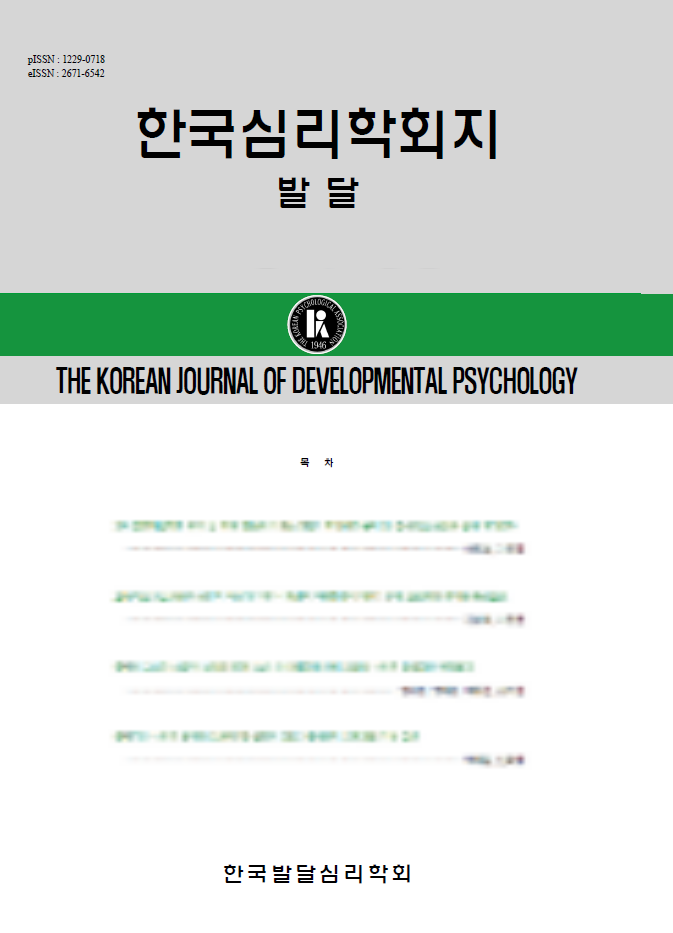open access
메뉴
open access
메뉴 ISSN : 1229-0718
ISSN : 1229-0718
본 연구에서는 어린이가 단어 의미를 획득하는 초기 언어 발달 시기에 대조성 원리가 어떻게 적용되는 지를 만 2세 어린이의 언어를 1년 동안 종단적으로 관찰한 녹음 자료에서 살펴 보았다. 어린이가 이전에 들었던 문장에서 구성성분 하나를 다른 단어로 대치하여 말하는 단어 대치 현상에서 서로 대조되는 의미로 사용하는 두 단어는 술어와의 의미 관계에서 서술 가능성이 있는 단어들이었으며, 특히 술어와 대상격, 장소격의 의미 관계를 갖는 단어들은 주로 같은 의미 범주 안에서 대조되었다. 또한 주어로 대조되는 단어들이 술어와 갖는 관련성을 Keil 방식의 서술 가능성이라는 틀에 따라 분석해 본 결과, 이 시기 어린이도 존재론적 기본 범주를 표상하고 있으며, 존재론적 기본 범주의 위계적인 나무구조에 어긋나는 문장은 말하지 않는다는 사실을 알 수 있었다. 마지막으로, 이러한 위계적인 범주 표상 방식은 발달에 따라서 점차 분화된다는 사실을 초기 4개월 간의 서술 가능성에 따른 표상 방식을 따로 분석해 봄으로써 확인할 수 있었다.
In this study, we examined how the Contrast Principle was applied in a two-year olds longitudinal data which was tape recorded once a week for a year. The word substitution game, in which a word in a sentence was substituted for another word, the two or more words were contrasted keeping semantic relations with the predicate. The contrasted words kept the predictability with the predicate as subject, object or location. We noticed that the contrasted words which was in objective or locative relations were in a same semantic category. As to Keil's predictability tree, we analyzed the subject-contrasted words. Then we can suggest that in such early stage, children represent the similar ontological category as Keil's, and the M constraint are applied. We also could find the differentiation process as the first 4 months data were analyzed separately.
